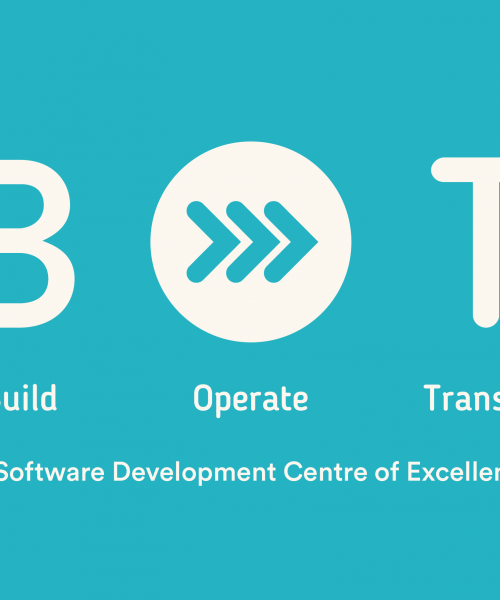The need for Digital transformation
The desire for transformation in the company is often due to a mismatch between needs and concrete achievements. From a helper and an accelerator, digitalization has become a brake of evolution. It can also be an immutable framework that one tries to circumvent as best as possible to meet all needs.
This break can occur for a variety of reasons:
- Shift change,
- New business directions,
- Adaptation to the competition,
- Growth
This leads to an erosion of trust between the different parties. Far from being a fatality, it is also an opportunity to rethink one’s organization and to optimize the sometimes historical state of affairs.
Agility is at the heart of recurring operational demands and is confronted with the complexity of overall process implementation. This methodology is seen as a “one-size-fits-all solution”. However, it must itself come from a global change process. This implies a rethinking of processes, collaboration, and working methods.
Rethinking one’s processes completely and profoundly is a task that requires structure, and especially, in our context, framework. This allows us to compare, measure and improve ourselves within a defined framework.
There are various areas for improvement. However, governance and tools provide a significant part of the answers.
From collaboration to architecture
Refocusing all the needs around common objectives allows the process of collaboration between teams to begin. This brings the teams closer together, while initially sparing them responsibilities.
The definition of an overall plan, supervised by an Agile referent, makes it possible to determine a common orientation and sequencing of tasks.
Tooling
Tooling is regularly the main argument put forward for change. While the latter is one of the main pillars that should support the transformation, it should not be the objective.
The tools must be a support to the teams. As the focal point of the strategy, they must bring together and provide intrinsic value. It is thus expected to limit low-value tasks to focus on tasks of higher overall interest.
Orchestration
In recent years, we have witnessed new forms of design and architecture patterns (e.g. microservice designs, SDD, etc.) requiring us to rethink the deployment and operation of solutions.
Many solutions have emerged to answer a number of questions then opened on these patterns. Emerging from about ten years of maturation, and following the natural evolution of the isolation of responsibilities, orchestrators become a central and unavoidable point as soon as the needs for scalability, reproducibility and reliability reach a certain level of requirement.
Positive Thinking Company
Positive Thinking Company, more than ever believes in the relevance of the tools carried by the major players (Google for Kubernetes, IBM/Redhat for Openshift) and is convinced of their contributions to accompany and help the global transformation of the company. These solutions also allow a very interesting abstraction of the infrastructure while leaving a freedom in the concrete implementation. At the same time, they meet a wide range of needs, such as performance, security, cost control or confidentiality.









